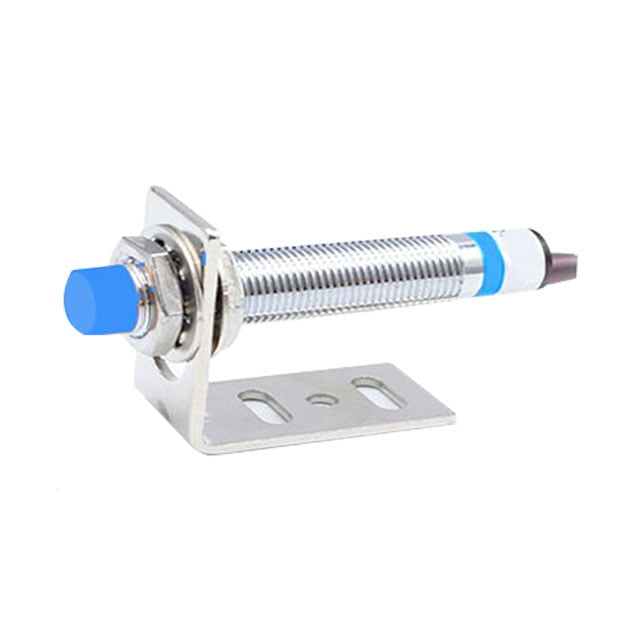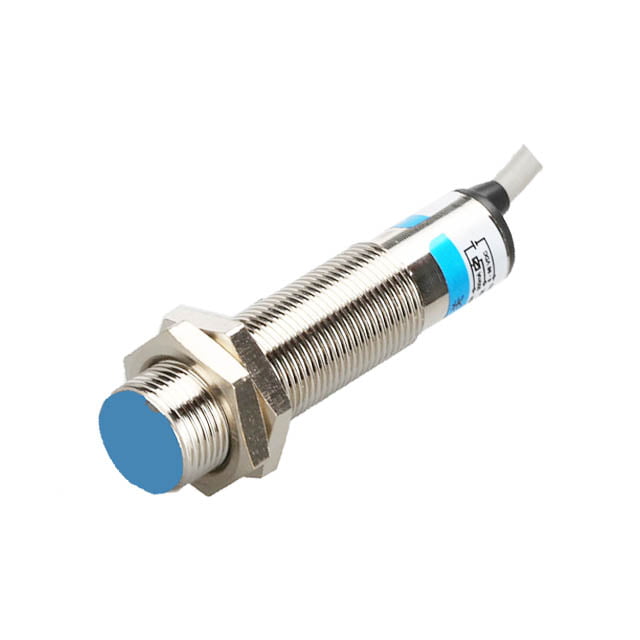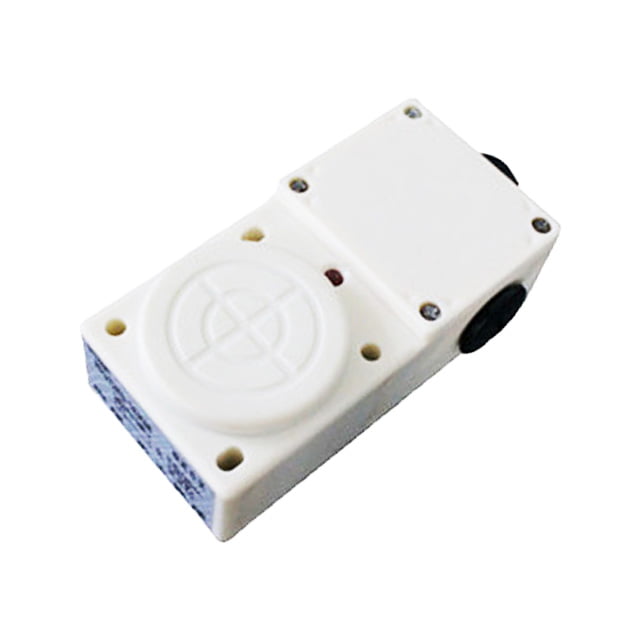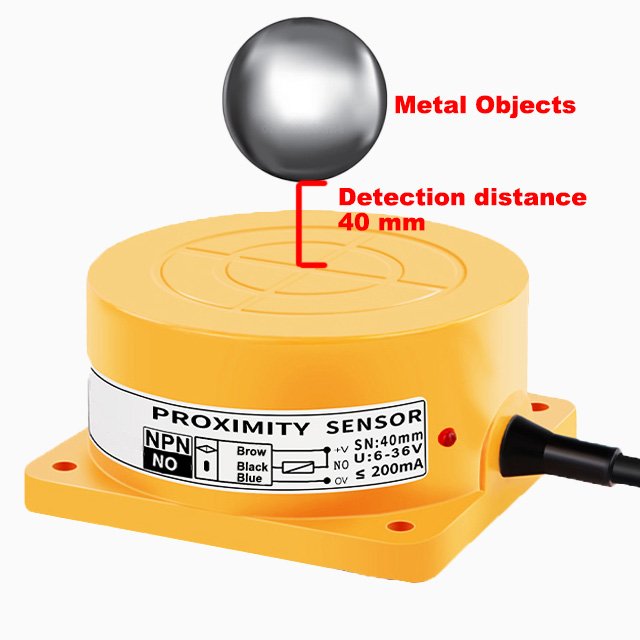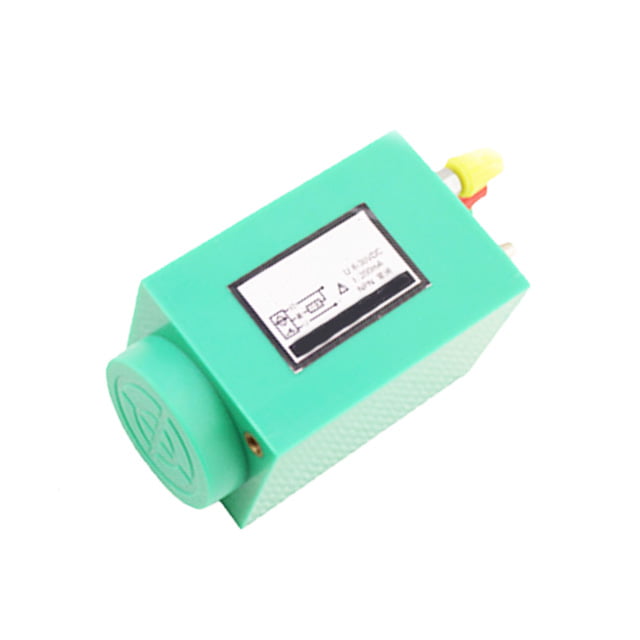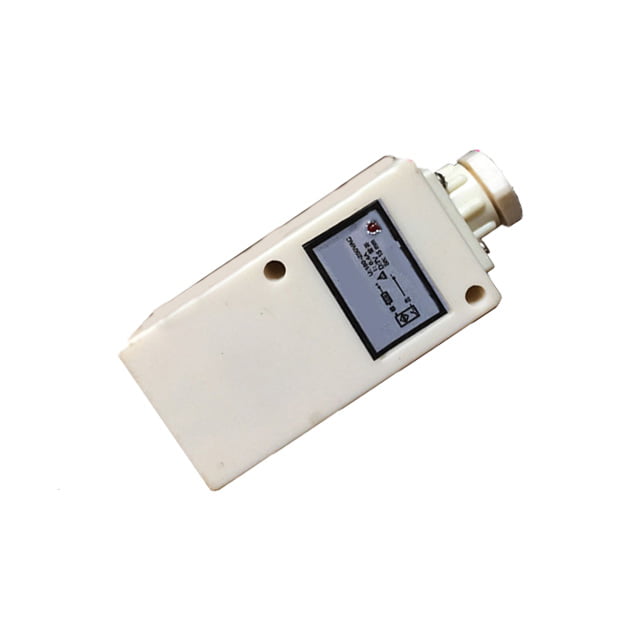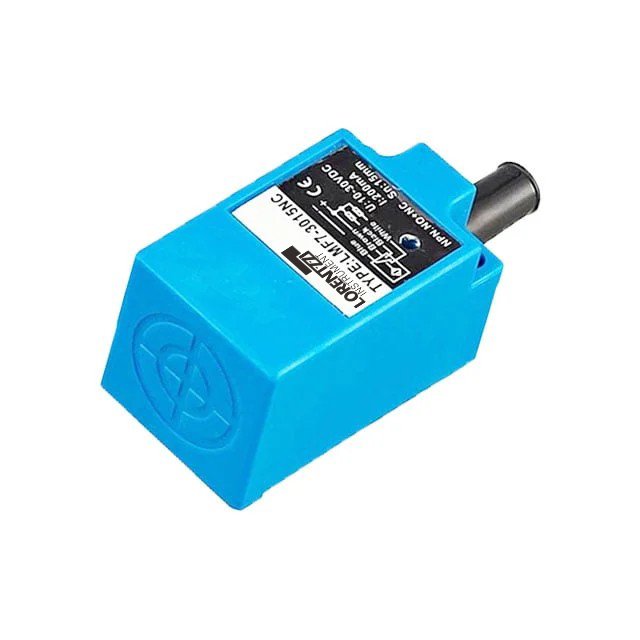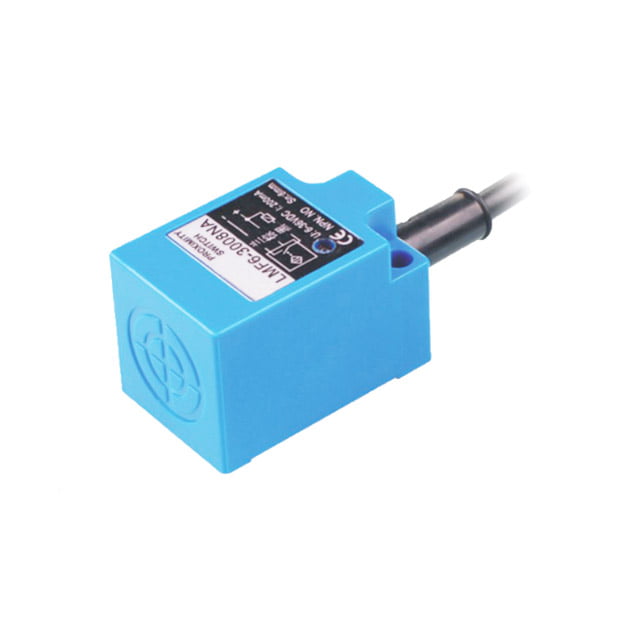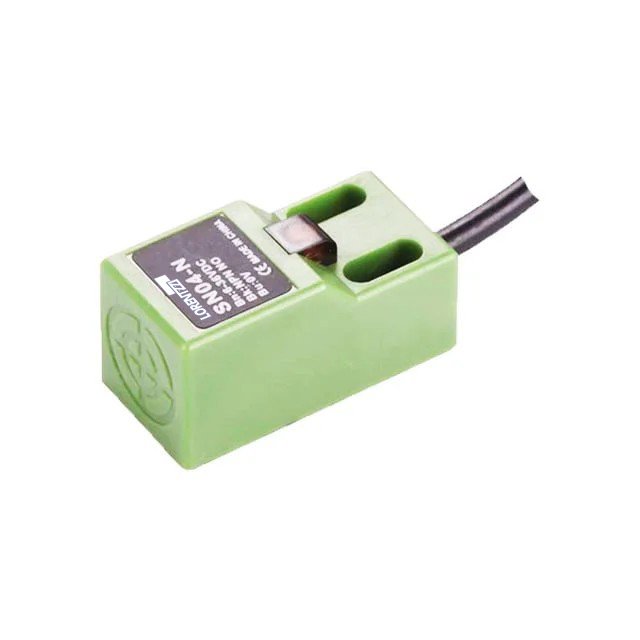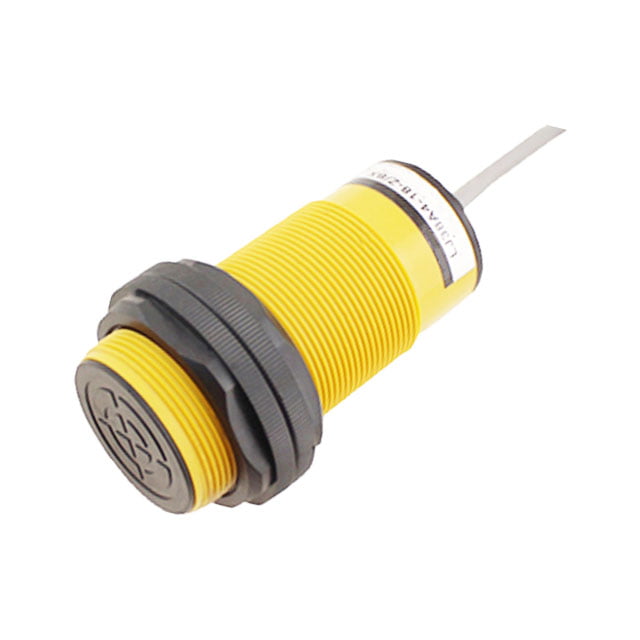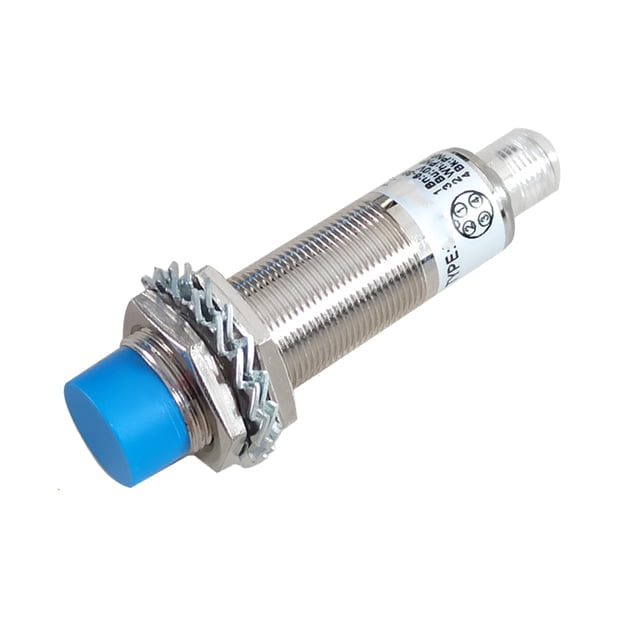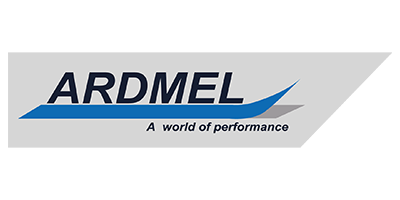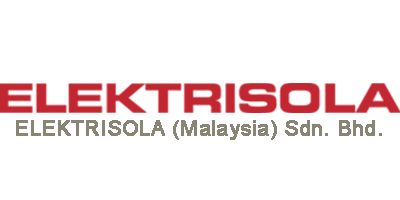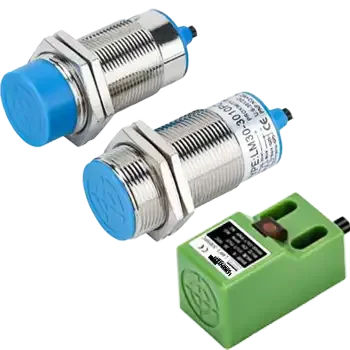
Inductive proximity sensor
- Up to 200 different inductive proximity switches available
- Better quality inductive proximity sensors from Chinese suppliers
- Lorentzzi team available 24/7
- Free technical guidance and better after-sales service
Our products
Lorentzzi® is a fast-growing inductive proximity sensor manufacturer based in China. All of our inductive proximity sensors undergo a thorough aging test before leaving the factory. In the following product categories, you will find our cylindrical sensors, square sensors and flat sensors. The average age of our team is 28 years old, which ensures that we have the advantages of fast learning ability, courage to break through and take risks, and vitality.
-
Maximum detection distance 15mm, spatter-proof, Sizes available in M8, M12,...
-
Working voltage 5VDC, Maximum detection distance 4.0mm, With reverse polarity...
-
Available in M8, M12, M18, M30 and Z40 sizes, 4-20mA,...
-
Ultra-long detection distance, Maximum detection distance 20mm, Working voltage 6-36VDC...
-
Flat shape, space saving, Wide operating voltage, 6-36VDC or 90-250VAC...
-
Used to detect metal objects, Maximum detection distance 120mm, PNP,...
-
Ultra-long sensing distance 80mm, Suitable for detecting any metal object,...
-
Maximum detection distance 40 mm. Suitable for detecting any metal...
-
-
Maximum detection distance 15mm, Suitable for detecting any metal object,...
-
Maximum detection distance 15 mm, Suitable for detecting any metal...
-
Various kinds of PNP sensors available, Maximum Sn: 2mm or...
-
Suitable for detecting numerous ferrous metals, Rectangular shape, easy installation,...
-
IP67 waterproof level or higher, Maximum detection distance of 15mm,...
-
Rectangular shape, easy to install and use. The maximum detection...
-
Rectangular shape, designed for metal sensing, Output can be NPN,...
-
NPN+NO output, Sn: 4.0 mm, ABS flame-resistant material, safer to...
-
1.Various LM480 series inductive proximity sensors contains 2. High precision...
-
Low cost 24V inductive proximity switch, made in China., Long...
-
Various outputs available, including NO or NC. AC90-250V wide working...
-
1.Usage: Position Sensor, suitable for metal objects detection, 2.Theory: Inductance...
-
1.Models includes LM14-3003NA, LM14-3003NB etc. 2.Sensing range 3.0mm or 5.0mm,...
-
Maximum detection distance 5mm, Suitable for detecting any metal object,...
-
5.0 mm product diameter, very space-saving, PNP or NPN transistor...
-
Including LM06-3001NA, LM06-3001NB, LM06-3001NC etc., Designed for detecting metallic objects,...
-
Square shape proximity switch, Maximum detection distance 5mm, IP67 protection...
-
Wide working voltage DC6-36V, Output is NPN, NO, Maximum detecting...
-
Inductive proximity sensors. Used to sensing metallic objects. Detection distance...
-
M12 threaded inductive proximity sensor, Maximum detection distance 4.0 mm,...
-
Designed for detecting metallic objects, Detection distance 1.0 mm or...
-
Ideal for detecting a variety of metal objects, Detection distance...
-
Compact volume, High precision, Short-circuit protection and inverted connecting protection,...
Can’t find the product you need? Click the button to contact us!
Why Choose Lorentzzi to be your supplier?
china supplier
Our factory is located in the low-voltage electrical appliances hub in China. Our products deliver superior quality and competitive pricing.
Wide products range
Lorentzzi can supply a full range of excellent quality inductive proximity sensors, the outputs are available in PNP, NPN, NO, NC or NO+NC outputs
In stock
We always keep inductive sensors stock at a reasonable level to meet customers' urgent orders. We believe that helping customers save time also helps them save money.
Frequently asked questions
What is an inductive proximity sensor?
An inductive proximity sensor is a non-contact switch that uses electromagnetic induction to detect the presence or absence of a metal object. It is commonly used in industrial automation and control systems to detect metal objects.
It works as follows: When a metal object enters the magnetic field generated by the sensor, eddy currents are generated in the object. These eddy currents create a reverse magnetic field that weakens the original magnetic field generated by the sensor. The sensor’s internal circuitry detects this change in the magnetic field and triggers the sensor’s output, indicating the presence of a metal object.
What are the advantages and disadvantages of an inductive proximity switch?
The advantages of inductive proximity sensors are that they do not require contact with the detected object, have fast switching time and high frequency (the switching frequency of our inductive proximity sensors can be 100-500Hz or customized), and have a high protection level, our Lorentzzi brand inductive sensors protection level is IP67.
The disadvantage is that the load capacity of the transistor is not strong and can only be used to detect metal objects. If you need to increase the load capacity, you need to use it with an intermediate relay.
What is the key difference between an inductive and capacitive sensor?
The main difference between inductive and capacitive proximity sensors lies in the types of objects they detect. An inductive proximity sensor detects metallic objects, while a capacitive proximity sensor can detect both metallic and non-metallic objects, such as plastic, fluids, and dust, among others.
For more differences, please refer to this article: Capacitive Vs Inductive Proximity Sensor: 5 Things To Know.
Inductive sensor applications
Applications of inductive proximity sensors include object counting, position confirmation, object movement displacement measurement, obstacle avoidance, etc.
Can inductive proximity switches (sensors) detect aluminium materials?
Yes, inductive proximity sensors can detect aluminum materials, but the detection distance is usually shorter than iron.
This is because aluminum has a lower magnetic permeability and a higher resistivity, so the eddy currents generated in aluminum are usually smaller than those generated in iron.
Inductive proximity sensor types
According to the output differences, they can be divided into PNP and NPN inductive proximity sensors. The differences? Please learn according to our blog: PNP Vs NPN Proximity Sensors: Key Differences, Wiring Diagram And How To Choose.
According to the working voltage differences, they can be classified into DC or AC type.
If categorized by wire differences, the inductive proximity sensors are AC or DC two wires such as NAMUR sensor, DC three wires(output is NO or NC) and DC four wires types(output is NO+NC).
Is an inductive sensor better than a photoelectric sensor?
The two types of proximity sensors have their own advantages and disadvantages.
An inductive sensor can only detect metallic objects. This makes it a good choice in dusty or moist environments, as it will not be affected by dust or moisture. However, the main disadvantage is its relatively short detection distance, which is generally less than that of a photoelectric sensor.
If you want a longer detection distance, you can try using a photoelectric sensor, but the environment must be very clean and the ambient light intensity should be less than 3000 lux.
Does the sensing distance of an inductive proximity sensor change if it is sensing iron, stainless steel, nickel/chrome, copper, and aluminum?
Yes, for the same inductive proximity sensor, the sensing distance will change if the material of the object being sensed changes. The sensing distance of all our inductive sensors is based on iron.
You can see the change in sensing distance in the following image:



